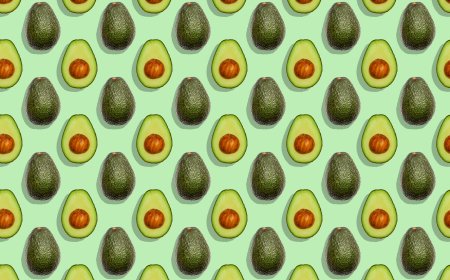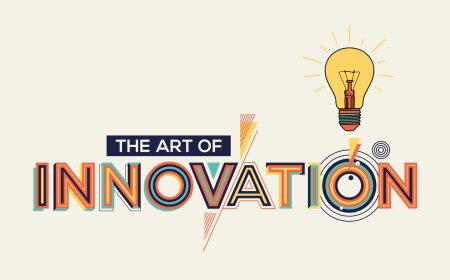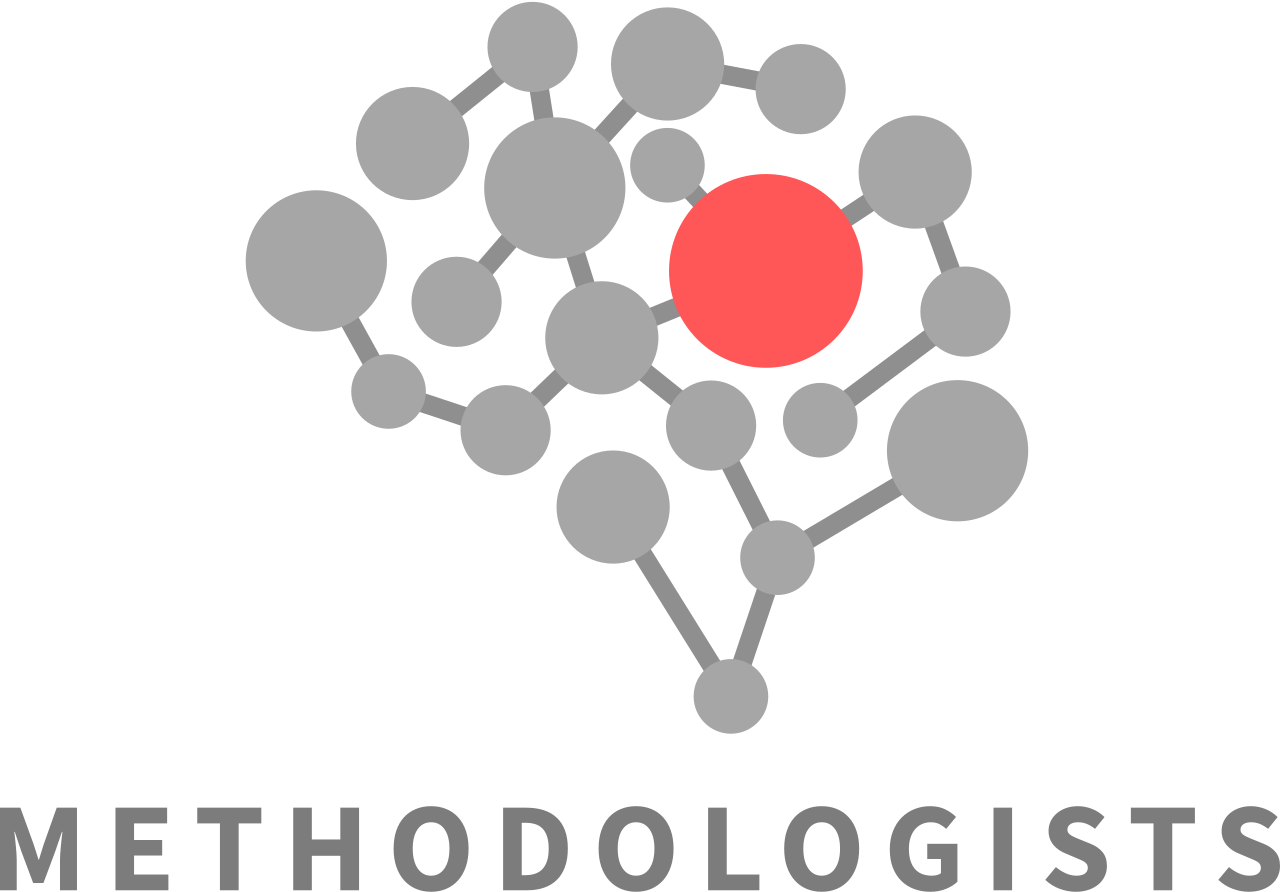Beyond Authority: Innovating Research Design with Fallibilism
Explore the conflict between scientific authority and fallibilism in research. Discover how a mindset of continuous improvement and innovation in research design, while adhering to the scientific method, leads to groundbreaking scientific discoveries.

The Conflict Between Scientific Authority and Fallibilism
To delve into the heart of this matter, we must first recall the struggle between scientific authority and the fallibilist school of thought. Simply put, scientific authority is the false notion that science and knowledge require an authority to be proven, a concept that harks back to ancient times and remains pervasive. In schools, for example, knowledge is taught as a set of facts, validated and supported by a scientific authority. The pursuit of truth thus devolves into a mere quest for the feeling of certainty.
In stark contrast, fallibilism?the opposite of scientific authority?views knowledge as, at best, a mix of truth and error. Fallibilism is a continuous endeavor to refine and improve knowledge, even that which is considered mature. Scientific authority seeks to find immutable truths, while fallibilism forever seeks to uncover and correct errors in knowledge.
From this perspective, two schools of thought dominate all fields of scientific research. The first, which champions scientific authority, clings to methodologies written decades or centuries ago, imposing them upon researchers and rejecting innovation. The second, the fallibilist school, seeks innovation and development, separating the core tenets of the scientific method from the designs of scientific studies and research.
The Crucial Distinction: Scientific Method vs. Research Design
The scientific method, as a foundational framework, is a set of rules that must be followed in any study, including but not limited to transparency, meticulous documentation, logic, ethics, and order, so that the results and outcomes can be replicated by other researchers. The error of the authority-driven school is its misunderstanding of the scientific method, seeing it as the very process of research design? A rigid, technical procedure to be followed to the letter, as if it were a factory production line. This is because some old scientific references did not distinguish between the scientific method as a principle for scientific thinking and the design of scientific experiments.
The design of research and experiments, however, depends on innovation, the availability of resources, and a host of technical and human factors. It is a unique and distinctive design for each study, dictated by many variables, most importantly the capabilities of the research team and the resources at its disposal. Innovation in research design is akin to fine art; each artist? or research team? has a clear and distinctive signature that sets them apart, yet their art remains within the framework of a particular artistic school.
The crucial point is that the design of research, studies, and experiments must adhere to the framework of the scientific method, documenting its requirements in a precise description of the processes, assumptions, tools, and methods of data collection and analysis. This allows future researchers to develop or replicate the design. The confusion between the scientific method as a framework and research design as an executive process is a hindrance that shackles scientific inquiry and limits the capabilities of researchers to innovate. The scientific method is not a pre-made template into which all research ideas must be squeezed.
There is a pressing need for innovation and the development of new research methods in all fields, without compromising the scientific framework. To be clear, prestigious scientific journals require a section under methodology called Study Design, in addition to sample selection, data collection mechanisms, etc. All of these sections are in fact flexible and open to development and innovation, as long as they remain within the bounds of a sound scientific methodology.
Embracing Innovation: The Path to Modern Scientific Inquiry
The idea of scientific authority has spread more widely than fallibilism, especially in developing countries, for several reasons. First, researchers believe that science is linked to seriousness and deference to scientific authority, leaving no room for innovation to avoid errors, embarrassment, or the loss of credibility and scholarly rigor. Second, there is a lack of proper understanding of the scientific method as a flexible framework, with a general inclination toward rote learning and an attempt to simplify scientific research, placing it into easy-to-repeat templates without questioning their validity or logic. Third, innovation is difficult in a world that favors rote learning and the replication of the past.
Looking at reality, we find that most research and studies that have adopted innovation in their design have achieved wider dissemination and greater success in scientific and practical applications. Despite this, innovation in research design remains limited to a few organizations around the world, mostly in developed countries. The traditional model?which venerates study designs documented in old books and passed down from one generation to the next as absolute truth? remains the norm. However, it is necessary to be aware that the fruits of excellence in this approach may take time to ripen.
Innovatively designed studies may face rejection from scientific journals that are run by the authority-driven school of thought, and there are countless examples of this in the history of science. We have often heard, for example, that research that won a Nobel Prize or other global awards was initially rejected by many prestigious journals. The main reason for this rejection was the innovative aspect of the design of those studies, which proves that innovation in design, tailored to local realities and available resources, yields great returns.
A local example of successful innovation in scientific research design in Saudi Arabia is the operational model of the Sharik Association for Health Research. It has adopted a culture of innovation in the design of studies and research, without rushing for results, learning from mistakes, and re-attempting to develop innovative designs that are adapted to available resources, all while maintaining or even improving quality. A wonderful example of an innovative study at Sharik is the study to verify the change in the taste of new tobacco products in Saudi Arabia after the Kingdom adopted plain packaging. An innovative study was designed for this. This study employed virtual reality technology and applied a mindset from a different scientific field far removed from the study's subject. The study was praised for its innovative idea by expert reviewers in the field of global tobacco research and by many senior officials in the Kingdom. The innovative idea also became a practical tool to deny any claim of a change in the taste of the new tobacco products, as anyone not convinced can repeat the experiment and verify the results for themselves.
Link to the Study: https://formative.jmir.org/2021/5/e24446/
Another innovative research design at the Sharik Association is the Sharik Health Indicators Surveillance System (SHISS), which was built on several innovative points in its scientific design, starting with its being a recurring monitoring system that measures indicators on a quarterly basis, and its innovative data model that divides indicators into three sections? fast-changing, moderately-changing, and slow-changing? and their relationships with each other. Sharik has utilized the SHISS to monitor and observe many phenomena and influences. For example, the Chronic Diseases research team used the data to understand the impact of the precautionary measures to combat the COVID-19 pandemic on the health status of the community by comparing indicators before, during, and after the pandemic measures were lifted. The study found unique results that for the first time globally documented the impact of pandemic measures on community health indicators and served as an early warning for decision-makers about the collateral health consequences of the pandemic on community health.
Example of Studies published using SHISS data: https://www.mdpi.com/2227-9032/12/20/2092
A final example of using the SHISS is that researchers found that the Riyadh entertainment events, carried out by the General Entertainment Authority from late 2019 to the middle of the first quarter of 2020, doubled the physical activity of Riyadh residents during that time compared to previous and subsequent periods after the events ended.
In reality, the field of scientific research is very flexible? as long as there is a serious commitment to the correct scientific methodology and research ethics? but activating this flexibility in the real system may pose some challenges for researchers. The way out of the circle of replicating traditional study designs is by organizations adopting a mindset of innovation in research and experiment design, with strong support from their senior leadership. There is also a need for boldness and a readiness to challenge the familiar among the research team. The greatest role remains with the researchers themselves to continuously strike a balance between following traditional designs, which may not be applicable in our societies, and the innovation and development that make scientific experiments more realistic and credible without compromising their quality.
What's Your Reaction?













































































































